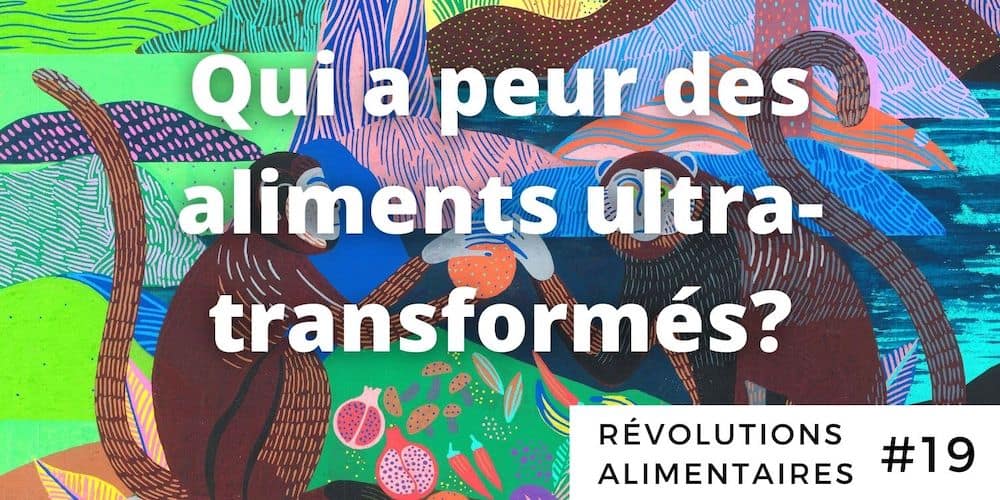Listen to this episode
The dangers of processed foods
Today we are going to talk about the new big villain on our plates, Ultra-Processed Foods, also known as UPFs!
In most countries around the world, not just in Western countries, the consumption of UPFs is steadily increasing. They currently account for 25 to 60% of daily caloric intake in Europe, the United States, Canada, New Zealand, and Brazil.
A UPF is both inexpensive and easy to consume, but detrimental to health, often appealing due to its high salt and/or sugar content, additives, and highly processed texture.
These foods are generally very high in calories and are thought to be linked to increased cardiovascular risks, obesity, and hypertension. Their production involves numerous processing steps and techniques (refining, hydrogenation, etc.).
A UPF essentially replaces the meals that can be prepared at home from more raw and natural ingredients.
The concept of UPFs is recent, it was popularized by Brazilian researchers in a 2015 publication, as well as by Anthony Fardet in France, whom we have the pleasure of interviewing today.
The guest: Anthony Fardet
Anthony Fardet is a food engineer and Doctor of Human Nutrition. He has been working in research at the food-health interface for 25 years.
Today, as a researcher in Preventive, Sustainable, and Holistic Food, he is working on the link between processing, the “matrix effect,” and the impact on the health potential of foods.
For 10 years, he has conducted research on food scoring which led to the holistic Siga score.
In 2016, he developed the 3V rule (Vrai – Real, Végétal – Plant-based, Varié – Varied, ideally organic, local, and seasonal) for a diet that protects global, human and planetary health.
My questions
- Can you briefly remind us of your background? How did you become interested in UPFs?
- You talk about the “matrix effect,” can you explain what it is?
- Tell us about your 3V rule (Real, Plant-based, Varied, ideally organic, local and seasonal)?
- Let’s talk about UPFs. Can you define them for us? What is a UPF? When did this concept emerge? What are the other types of food this classification addresses?
- Can you give us examples of common UPFs? And maybe some UPFs we might have thought were healthy…
- Why are they bad for health? What risks do they pose?
- UPFs contain additives, hydrolyzed proteins, modified starches, hydrogenated oils, very refined products. Why is this harmful?
- What is the cocktail effect?
- How can we better read labels and be able to track them on a daily basis?
- What are your tips for avoiding consuming them?
- What are your broader nutritional recommendations?
- Do you have one or two recipes to easily replace UPFs?
Resources to explore further
- Make them yourself! by Séverine Augé, Louise Browaeys and Charly Deslandes
- Stop ultra-processed foods! Let’s eat real by Anthony Fardet
- STOP ultra-processed foods – The 50 golden rules for better eating by Agnès Mignonac



